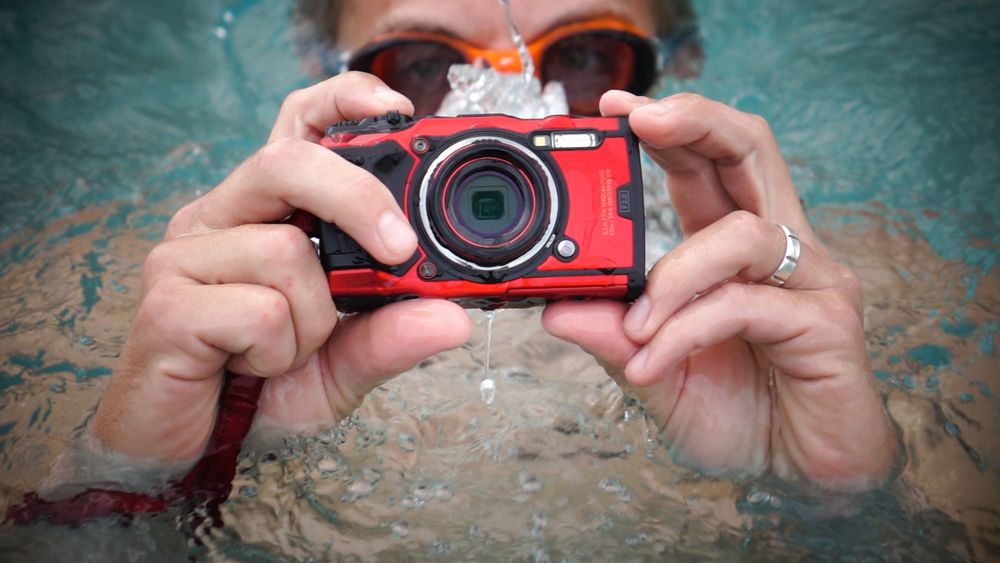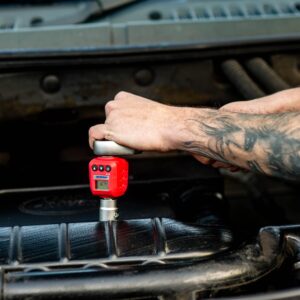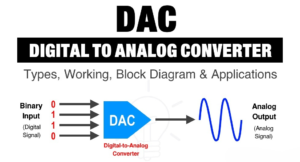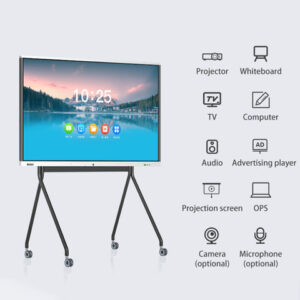As a Digital Creator, I’ve witnessed the surge in popularity of underwater photography, driven by adventurers and enthusiasts eager to unveil the mesmerizing beauty beneath the waves. Exploring the realm of underwater digital cameras unveils a realm of specialized equipment tailored to capture the breathtaking essence of aquatic landscapes. In this article, we delve into the intricacies of these cameras, highlighting their features, and advantages and offering valuable tips for seizing stunning underwater shots.
The Advantages of Underwater Digital Cameras
Waterproof and Pressure-resistant
One of the key advantages of underwater digital cameras is their ability to withstand water pressure and remain functional at significant depths. These cameras are designed to be waterproof, allowing photographers to explore and capture images underwater without the risk of damaging their equipment.
Purpose-Built for Underwater Photography
Underwater digital cameras are specifically designed for capturing images and videos in aquatic environments. They are equipped with specialized underwater shooting modes, white balance adjustments, and color correction to ensure accurate and vibrant results. Additionally, these cameras often have rugged exteriors to withstand harsh conditions.
Versatility and Convenience
Underwater digital cameras come in various sizes and styles, ranging from compact point-and-shoot cameras to advanced DSLR or mirrorless systems. This allows photographers to choose a camera that suits their specific needs and level of expertise. The compact size of many underwater cameras makes them highly portable and easy to use, even for beginners.
Wide Range of Accessories
To enhance the capabilities of underwater digital cameras, a wide range of accessories is available. These include underwater housings, strobes or flash units, wide-angle or macro lenses, and buoyancy control devices. These accessories allow photographers to further customize their setup and capture even more stunning underwater shots.
Key Features to Consider in Underwater Digital Cameras
Waterproof Depth Rating
When selecting an underwater digital camera, it is crucial to consider its waterproof depth rating. This rating indicates the maximum depth at which the camera can be safely used underwater. It is essential to choose a camera that is suitable for the depths you plan to explore.
Image Quality and Sensor Size
The image quality of underwater digital cameras depends on factors such as sensor size, resolution, and image processing capabilities. Larger sensors generally yield better image quality and low-light performance. However, smaller sensors may be more suitable for compact and lightweight cameras.
Lens Options and Compatibility
The lens options and compatibility of underwater digital cameras play a significant role in capturing different types of underwater scenes. Some cameras have fixed lenses, while others offer interchangeable lens systems. Consider the types of shots you want to capture and the flexibility you require when choosing a camera.
Underwater Shooting Modes and White Balance
Underwater shooting modes and white balance adjustments are essential features for underwater photography. These settings help compensate for the color loss and color casts that occur underwater, allowing photographers to achieve more accurate and vibrant colors in their images.
Video Capabilities
For those interested in capturing underwater videos, it is important to consider the video capabilities of underwater digital cameras. Look for cameras that offer high-resolution video, manual controls, and stabilization features to ensure smooth and professional-looking underwater footage.
Tips for Capturing Stunning Underwater Shots
Learn Proper Underwater Photography Techniques
Before diving into underwater photography, learning and practicing proper techniques is crucial. Understanding concepts such as buoyancy control, composition, and focusing in underwater environments will greatly improve your chances of capturing stunning shots.
Master Lighting Techniques
Lighting plays a vital role in underwater photography. Experiment with different lighting techniques, such as using strobes or flash units to illuminate subjects and create vibrant colors. Understanding how light behaves underwater and how to position your lights effectively will significantly enhance your images.
Get Close and Be Patient
Water tends to reduce visibility and introduce particles that can affect image quality. To combat this, it is important to get closer to your subject and minimize the distance between the camera and the subject. Additionally, be patient and observe the behavior of marine life to capture those perfect moments.
Experiment with Different Angles and Perspectives
Underwater photography allows for unique angles and perspectives that are not possible on land. Explore different angles, such as shooting from below or using the surface of the water to create interesting compositions. Experimentation will lead to more creative and captivating images.
Take Care of the Environment
As underwater photographers, it is our responsibility to protect and preserve the delicate underwater ecosystems we explore. Be mindful of the marine life and the environment, and avoid touching or disturbing any organisms. Respect the rules and guidelines of the dive sites to ensure the sustainability of these beautiful underwater habitats.
Frequently Asked Questions About Underwater Digital Cameras
1. What is an underwater digital camera?
A: An underwater digital camera is a specialized camera designed to capture images and videos underwater. Unlike traditional cameras, they are built to withstand the unique challenges of underwater photography, such as water pressure, buoyancy, and low light conditions.
2. How do underwater digital cameras differ from regular cameras?
A: Underwater digital cameras are typically housed in waterproof casings or designed to be waterproof without the need for additional housing. They often feature specific settings optimized for underwater shooting, such as white balance adjustments for different depths and underwater scene modes. Additionally, they may have reinforced seals and corrosion-resistant materials to withstand prolonged exposure to water.
3. What are the advantages of using an underwater digital camera?
A: Using an underwater digital camera allows you to capture the beauty of underwater environments with clarity and precision. These cameras offer superior waterproofing and durability compared to standard cameras with waterproof housings. They also provide specialized features tailored to underwater photography, enhancing your ability to capture stunning images and videos beneath the surface.
4. Are there different types of underwater digital cameras?
A: Yes, there are several types of underwater digital cameras available, including compact point-and-shoot cameras, mirrorless cameras, and DSLRs. Each type offers different features and capabilities, catering to varying skill levels and preferences of underwater photographers.
5. How deep can underwater digital cameras go?
A: The depth rating of underwater digital cameras varies depending on the model and manufacturer. Some cameras are designed for shallow-water use, while others are capable of diving to significant depths, often ranging from a few meters to over 100 meters. It’s essential to check the specifications of the camera to ensure it meets your diving or snorkeling needs.
Conclusion
Underwater digital cameras have revolutionized the way we capture and appreciate the beauty of the underwater world. With their waterproof capabilities, purpose-built features, and versatility, these cameras allow photographers of all levels to explore and capture stunning underwater shots. By considering key features, mastering techniques, and respecting the environment, you can dive into the world of underwater photography and create breathtaking images that showcase the wonders beneath the surface.







Be First to Comment